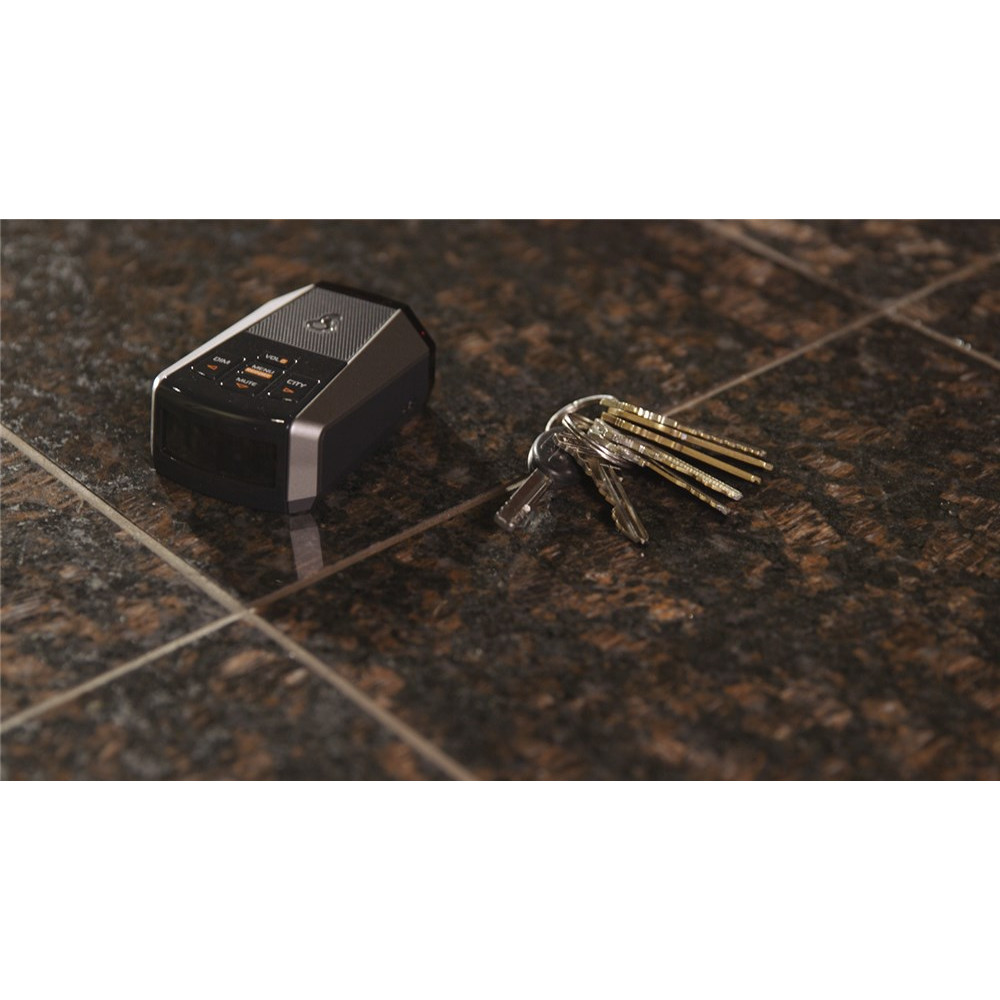

The sharper the beam, the more accurately the bearing of a target can be determined. Since we know the direction the antenna is facing when the Radar energy is transmitted, we know the bearing of targets in the path of that beam of energy. A Marine Radar scanner rotates 360 degrees about its vertical axis, using a special gear. Bearing to a target is determined by the direction from which a reflected echo returns. It is the time it takes for this echo to return that will help to accurately determine the distance at which the object is located. The wave passes through its environment in a straight line, but when it hits an object on its path, it is reflected and part of this wave returns to its original position. Let's suppose that a wave is sent to one specific direction. This information is then put in the form of visual data on a screen so it becomes readable. When in contact with an object, the waves reverberate and thus, the distance to the target and its direction can be accurately calculated. Radars are also widely used in everyday life to measure the speed of cars on a road or the speed of a tennis ball on a court for example.Īlthough not using sound waves but short-wave microwaves, the principle of a Radar is the same as that of the sound. In addition to the maritime domain, Radars have many other applications such as meteorology and aerial surveillance. The use of short-wavelength microwaves allows a very accurate measurement of the direction in which the object is detected and the distance at which it is located.

Thus, in the maritime world, objects such as ships, buoys or birds can be detected by Radars.

A Radar (Radio Detection And Ranging) is an instrument that can detect surrounding objects using radio waves.


 0 kommentar(er)
0 kommentar(er)
